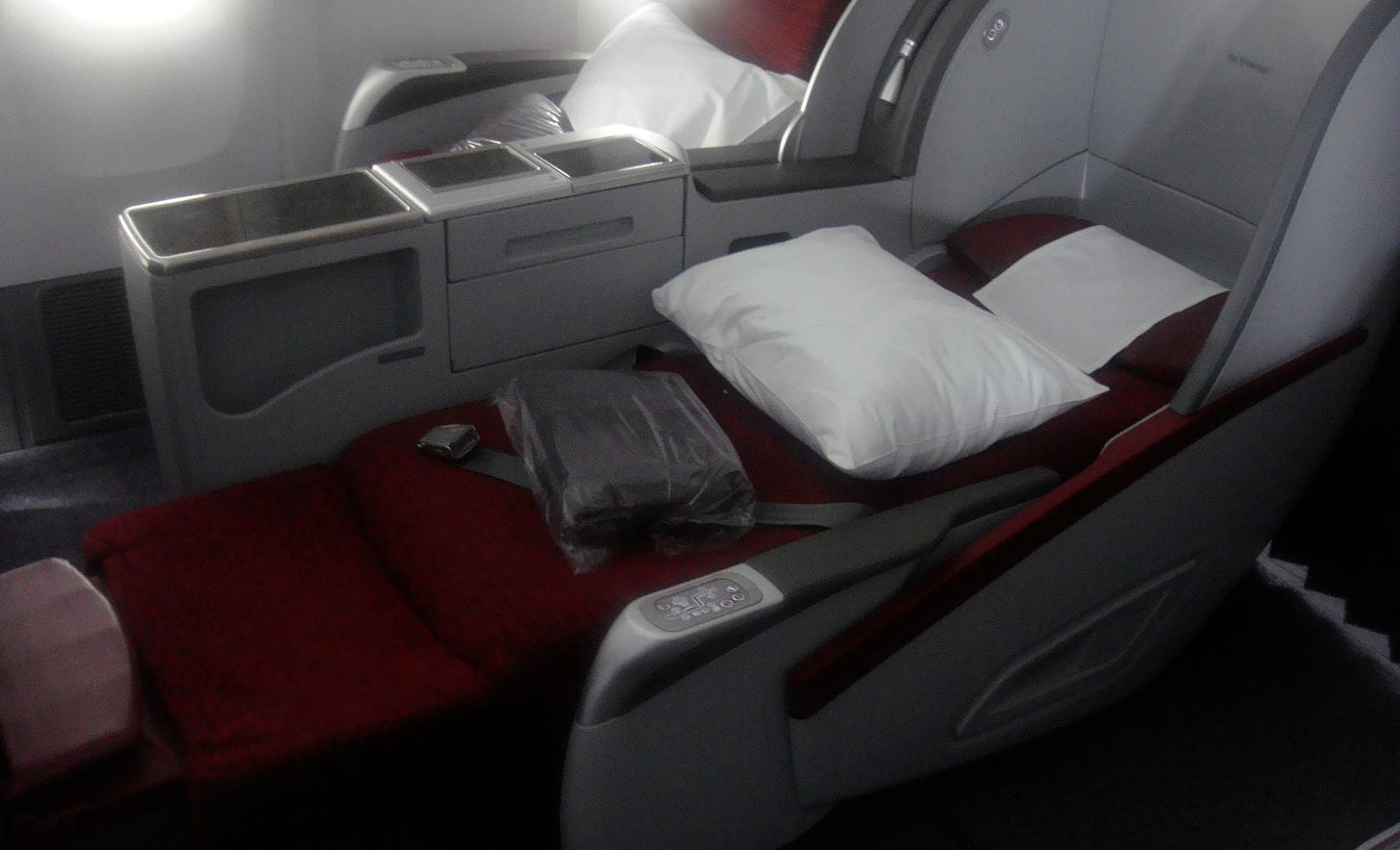Revenue Management 101 for Loyalty Executives - Part Two
How can loyalty get better seat availability for redemptions & avoid devaluations?
Chats on FlyerTalk, an Internet Bulletin Board, are often about getting from A to B for as little cash as possible, ideally in first class.
Ways to earn points discussed on the board range from the benign (opening and closing credit cards for sign-up bonuses) to the questionable (manufactured spend). But many people still earn their points from buying ti…



